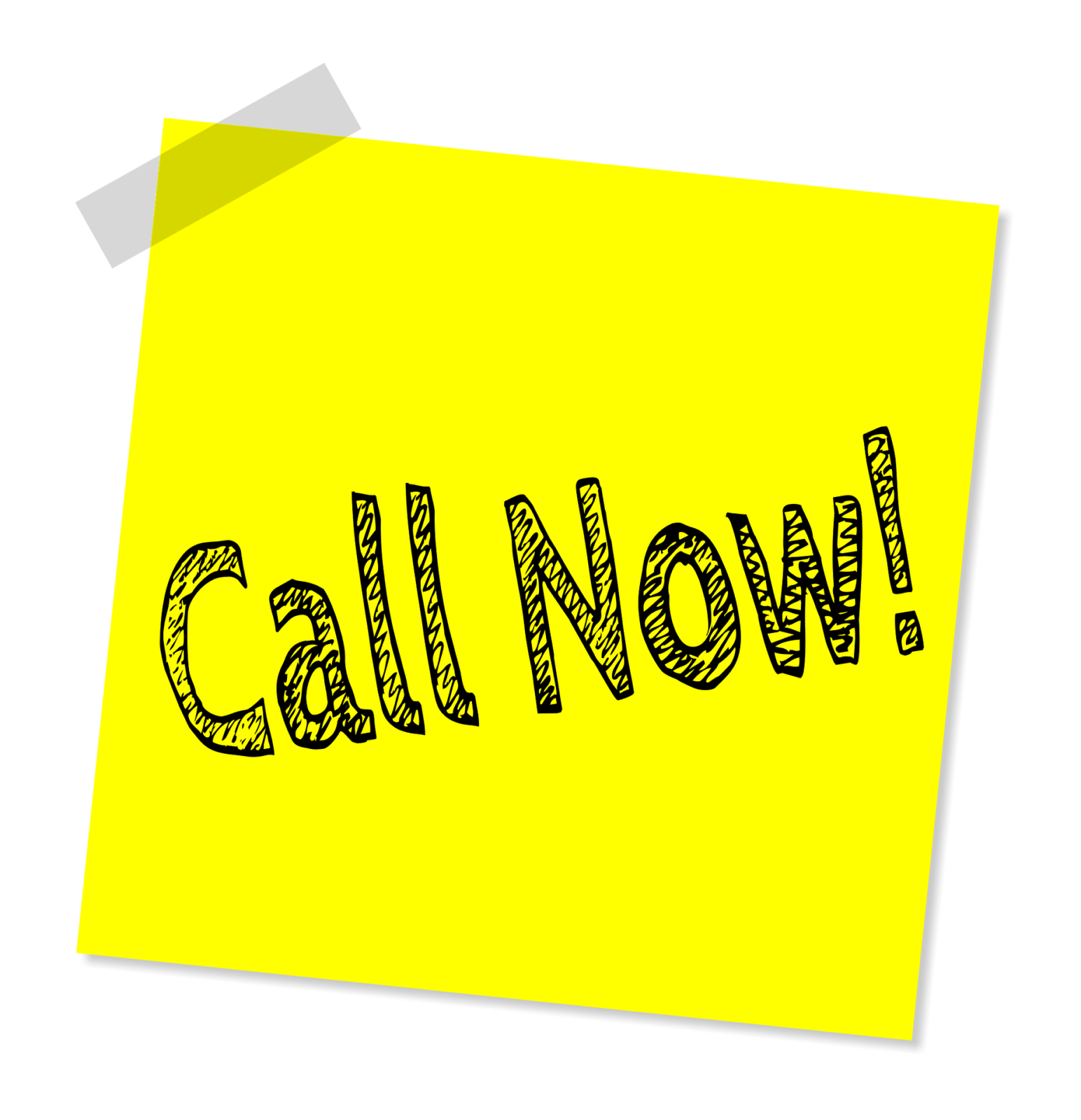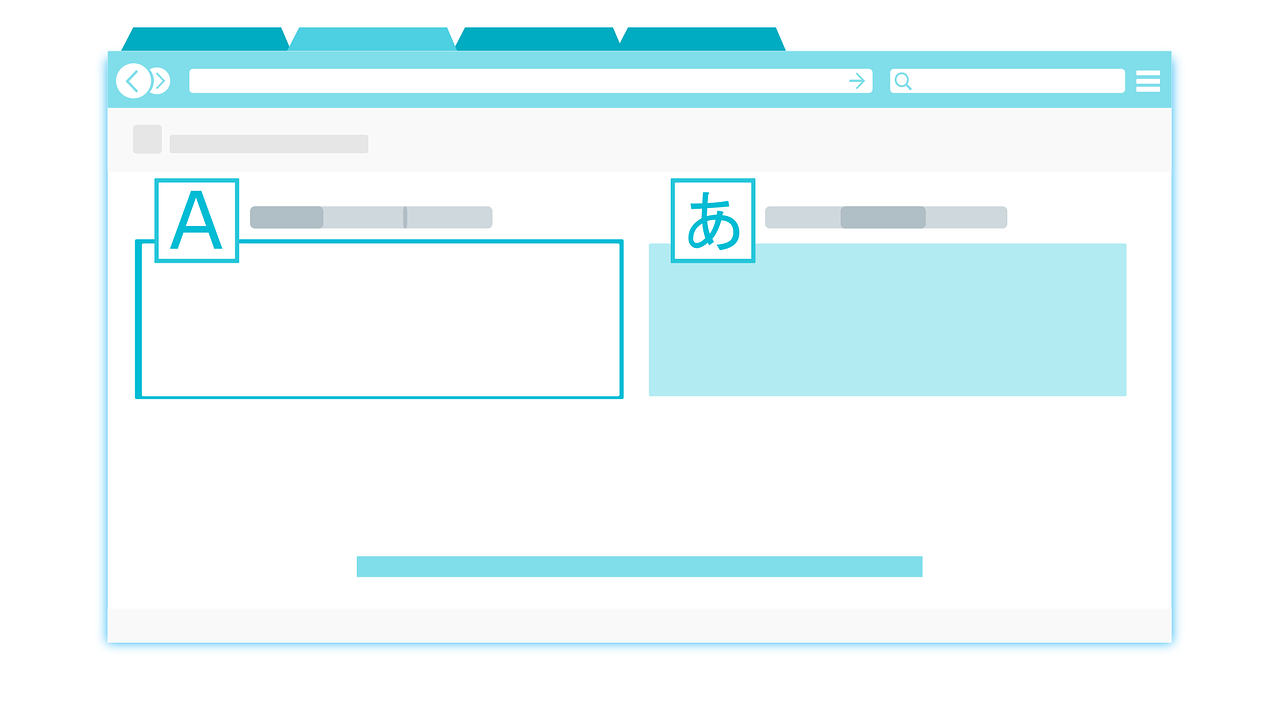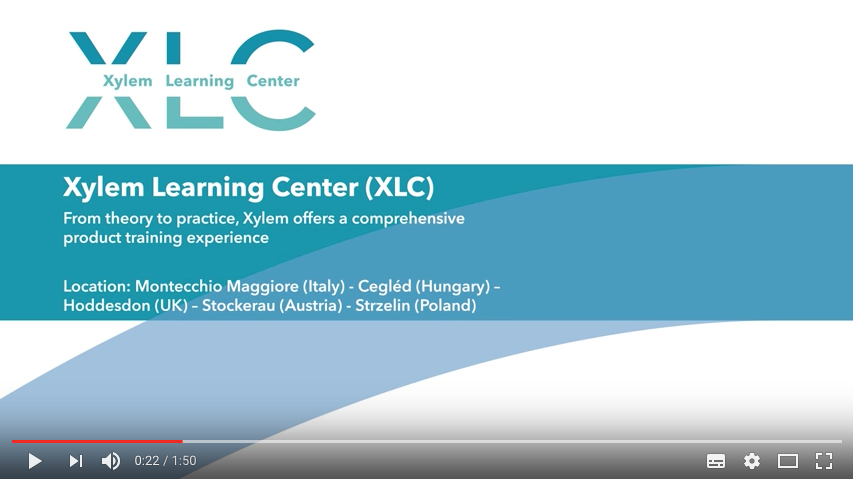Microsoft Word is the copywriter’s new best friend, automatically detecting your spelling, grammar and punctuation errors and correcting you where necessary – but what if we can’t always rely on Word to do the right thing? You can’t send out an SOS, so let’s see if we can help.
State-of-the-art technology
Word is fantastic at automatically detecting errors, but when it comes to dashes, dots and hyphens, it’s not so high-tech. Word will happily let you get away with using the wrong punctuation at the wrong time, and unless you’re keeping a careful eye out for it, you might find yourself using one, where you should be using the other.
Back to basics
When it comes to dashes and hyphens, you firstly need to make sure you understand the difference between them.
If you break up a sentence, then it’s a dash: –
If you break up a word, then it’s a hyphen: –
Secondly you need to find them on your keyboard. You can get a hyphen by just using the hyphen key, and to get a dash its alt-hyphen.
It’s quite simple, really, but an easy error to make if you are typing in a rush or not proofreading your work.
Then there are the dots.
Dotty for dots
When we are quoting, or want a sentence to trail off, we often use an ellipsis: …
However, Word has a fun little gimmick that will let you put in as many dots after a sentence as you like. This is despite the fact that typically an ellipsis consists only of three dots
Although we wouldn’t say it’s as much as a crime as the dash/hyphen ruling, it can look pretty peculiar when your ellipsis has more than three dots….
Make sure you pay attention to what you type, and maybe double check what Word decides to put in for you, otherwise you may find yourself in a sticky situation with your punctuation.





